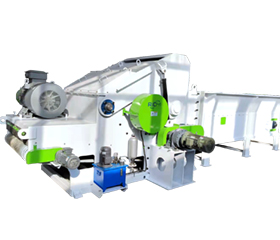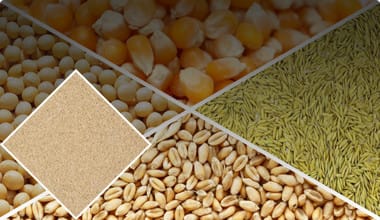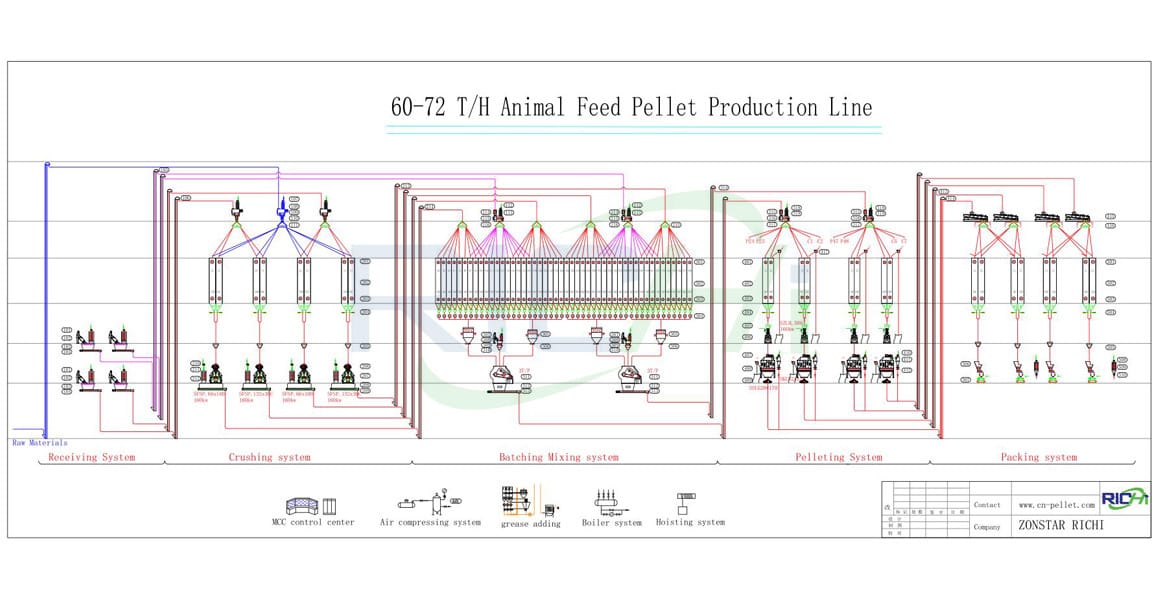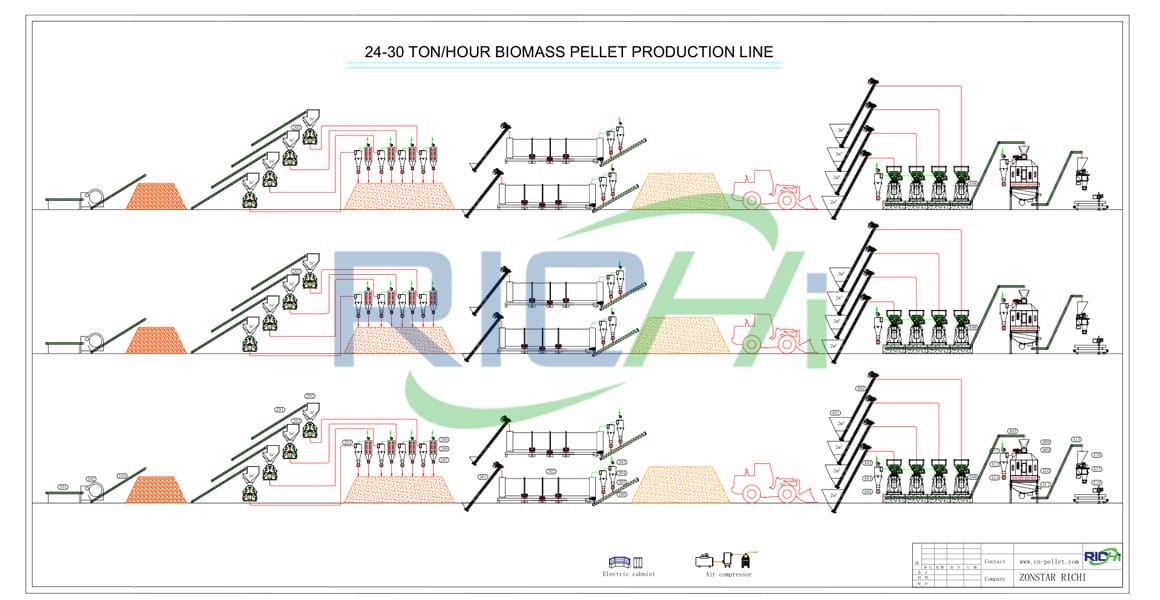How to use fishmeal in chicken feed production in the United States?
Fish meal has a high protein content and a digestibility rate of over 90%. It also contains a balanced amino acid, rich in lysine, tryptophan, methionine and cystine. The protein content of fish meal varies greatly due to the quality of the raw materials. In the United States, fish meal is divided into three levels according to the crude protein content: 55%-60%, 60%-65%, and more than 65%.
Fish meal contains lysine 4% to 6%, sulfur amino acid 2% to 3%, and tryptophan 0.6% to 0.8%. Fish fat contains a large proportion of highly unsaturated fatty acids and has good digestibility.
Fish meal is also a good source of calcium, iodine, selenium and other minerals. Phosphorus exists in the form of calcium phosphate, which has a high utilization rate.
In addition, fish meal has a high content of B vitamins, especially vitamin B2 and vitamin B12. Fish meal is not only a high-quality protein source, but also an animal protein feed that is not easily replaced by other protein feeds.
Fish meal is a high-quality source of protein and essential amino acids for breeders, which can improve feed utilization and increase breeder fertility.
However, the dosage of fish meal should be properly controlled. Too high a dosage of fish meal will make the feed smell fishy and affect the feed intake. The recommended addition amount of fish meal in chicken feed is 3% to 4%.








